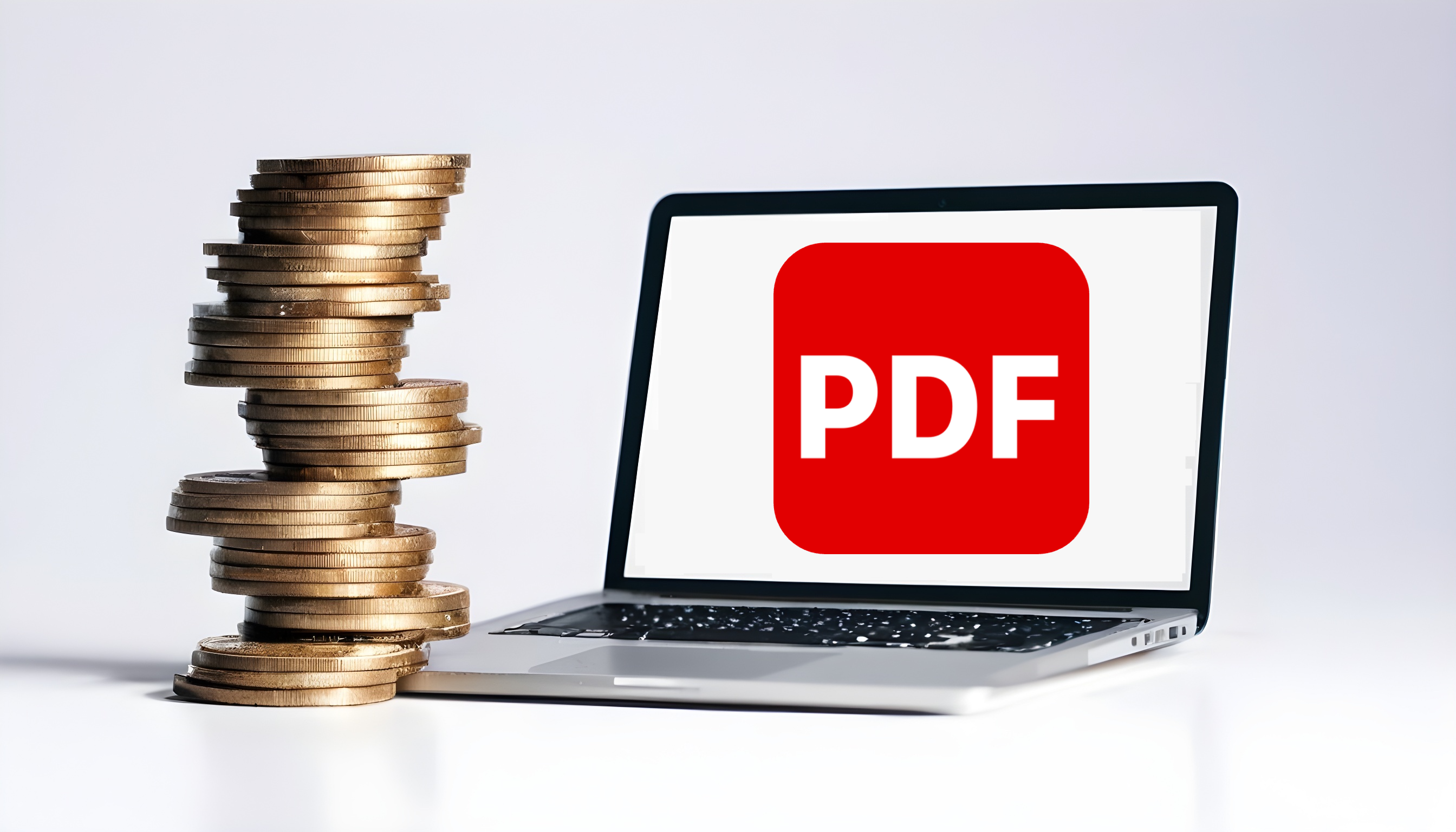Accounts receivable automation: How to prevent the occurrence of non-paying clients

At the end of the day - you need to get paid, as simple as that. Except, it's not as straightforward as many would like it to be (including customers). In this piece, we're diving into reducing the risk of non-paying clients while simultaneously speeding up the credit-to-cash cycle within the collections process.
The impact of non-paying clients
There's a reason why AR teams dread 'month-end.' There's one common goal: get paid on time. However, ineffective accounts receivable processes often create significant hurdles in the race against time. But why the time sensitivity and time pressure in the first place?
The higher your Days Sales Outstanding (DSO), the more significant the impact of non-paying clients on your company's cash flow. But that's not the only thing that takes a nosedive. Unreliable cash flow makes it incredibly challenging for businesses to cover their overheads, invest in growth opportunities, foster healthy client relationships, or focus their time and efforts on other business objectives, as they're too wrapped up chasing overdue invoices. Unpaid invoices aren't just an AR problem. In fact, according to research done by Dun and Bradstreet, poor cash flow is the primary reason for around 90 percent of SMB failures, yet only approximately 38 percent of business invoices are paid on time.
Now, although the impact of non-paying clients can be felt at an organizational level, it's still the responsibility of the AR team to ensure that they reduce the risk. No pressure, right? Except for the fact that chasing late payments is causing businesses to lose precious resources and time.
According to studies, 65% of companies stated they spend a daunting 14 hours per week on administrative tasks related to collecting payments. In perspective, that's almost two working days of labor costs spent on non-growth-related administrative tasks.
What's the solution when your AR team is already incapacitated as-is?
Enter automated accounts receivable software.
Strategies to reduce the occurrence of non-paying clients and improve your cash flow
These may seem like common accounts receivable best practices (and they are). Still, the difference is that automated AR software helps you implement these practices on auto-pilot, freeing up your AR time to focus on the outliers and additional tasks that require their in-depth expertise (instead of being caught up in the collections process).
Send invoices as quickly as possible
The quicker the invoices go out, the better the chances of receiving timely payments. Automated AR software streamlines the collection of accounts due by electronically generating and sending statements, invoices, and all supporting documents. Moreover, it speeds up the process by automatically linking PODs and invoices with supporting documents, reducing the likelihood of dealing with documentation-related queries. All these features, and more, help credit controllers focus more time and energy on reducing the risk of non-paying clients.
This process is further expedited as your AR software highlights potential payment risks and identifies where the AR team should focus their attention to collect on overdue accounts.
Efficient communication and tracking
Communicating with clients and tracking down payments can cause severe cash flow bottlenecks. But what's the alternative? Automated AR software automates various communication and tracking tasks, allowing your team to dive into the accounts that need more personalized attention. This includes providing detailed reports with information on email delivery status and communication tracking and notifying your team which accounts have been delivered and which email addresses need to be updated.
Leverage analytical and insightful reporting
There are multiple reasons why invoices may be late. However, AR teams rarely have the time, tools or data to look into each case to track the root cause. Perhaps your client is experiencing a lack of funds, or maybe there has been a non-allocation of cash or errors in the remittance process.
Alternatively, the client may have updated their contact information - as simple as that. Understanding why an invoice is late helps prevent future late payments. However, this requires granular data and insights into AR processes and management.
By leveraging AR software, teams can benefit from real-time on-demand reports, providing information in a multi-indexed format to view statuses, monitor activity and make decisions.
Make payments easy for customers (and your AR team, of course) with System1A
Ready to start leveraging the benefits of automated AR software? We've got you covered - one step at a time. The first? Head to our credit controller's guide to accounts receivable automation software and learn everything you need to know about navigating AR technology like a pro.
Alternatively, skip straight to the practical side and experience South Africa's leading AR automation software firsthand.
<<Book your demo here>>

















